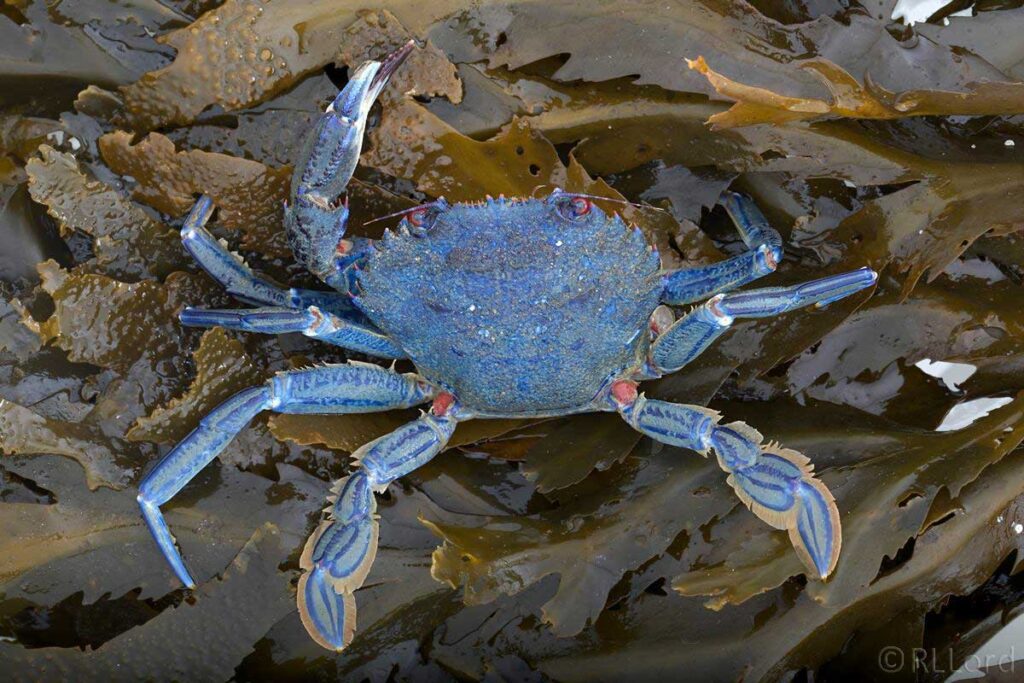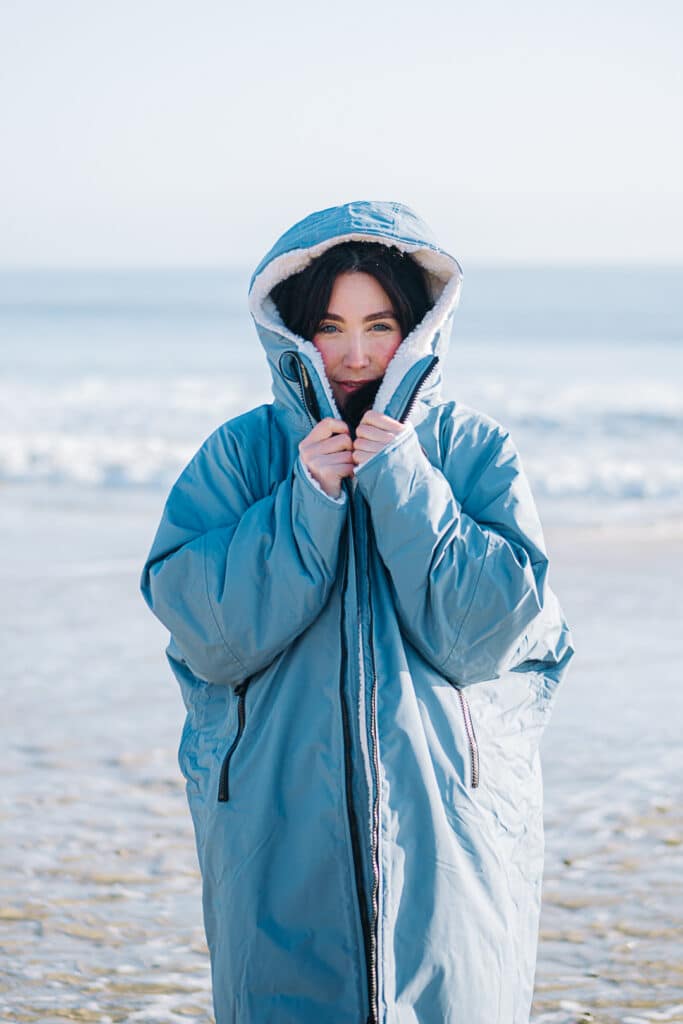Eat For Free By the Sea | Foraging in Dorset
Dorset is the perfect location for a whole range of different outdoor activities. At Land & Wave, we love helping people from across the UK step out of their ordinary, push their boundaries and explore new things.
One of the activities that seems to be increasing in popularity across the UK is foraging. Discovering what nature’s larder has to offer is exciting for both your mind and your taste buds. It is something the whole family can take part in and is often a real eye-opener. Most people don’t realise what wonderful resources we have around our coastal areas on our doorstep.

Exactly what is foraging?
Foraging is essentially looking for wild food resources. Before settling in towns and cities, humans were all foragers, moving from place to place in search of food that became abundant according to the season.
Coastlines in particular are a haven for many different varieties of edible goodies – tasty treats like seaweed, crustaceans, molluscs, fish and shellfish.
Did you know that there are around 20 different types of edible seaweed?
However, not everything you find growing or living out in the wild is safe to eat so knowing what is edible and what to avoid is very important.

Discovering more about your environment will teach you how to protect and appreciate the food that we eat even when there is such an array of resources available. Whether you’re walking an inland footpath in search of berries and fungi, searching the beach at low tide or exploring rock pools you’ll be surprised by how much there is available.
Get on a paddleboard and explore the coastline and you’ll discover amazing delights such as samphire and sea herbs hidden out of the way.
Top Things To Forage For on the Dorset Coastline
· Coastal plants
A chance to try something new and exciting; there’s a huge variety available with many that you may never have heard of before. Marsh samphire, for example, is delicious steamed with fish and is highly nutritious. You might also find some sea beets and buckthorn – they are both really good for you and full of omega 3s and vitamins.
· Seaweed
Other than the crispy variety from the Chinese takeaway (which is usually cabbage or other spring greens!) we’re not really a big seaweed eating country but it can be an interesting culinary area to get into. Local beaches have around 20 different varieties that are edible and have great nutritional value – crispy or not!
· Crustaceans
Shellfish, crabs and lobsters are abundant along the shoreline, but you need to understand how to collect sustainably. This usually comes down to the size of the catch, the time of year you go foraging and the amount you are allowed to collect. You may also need specific equipment to land nature’s harvest.

· Mussels
These can be found pretty much anywhere. Other molluscs like cockles and razor clams can be more difficult to find but they’re always worth the time and effort as they are all delicious.
Learning to forage on the Dorset coastline is fun and easy. Not only is it a great way to get outdoors and improve your health and wellbeing, you’ll become more educated about nature’s kitchen, the free food that’s ready to eat and your tummy will be grateful too.
Get out there, explore – have adventures.

09 March 2020 by Owen Senior





